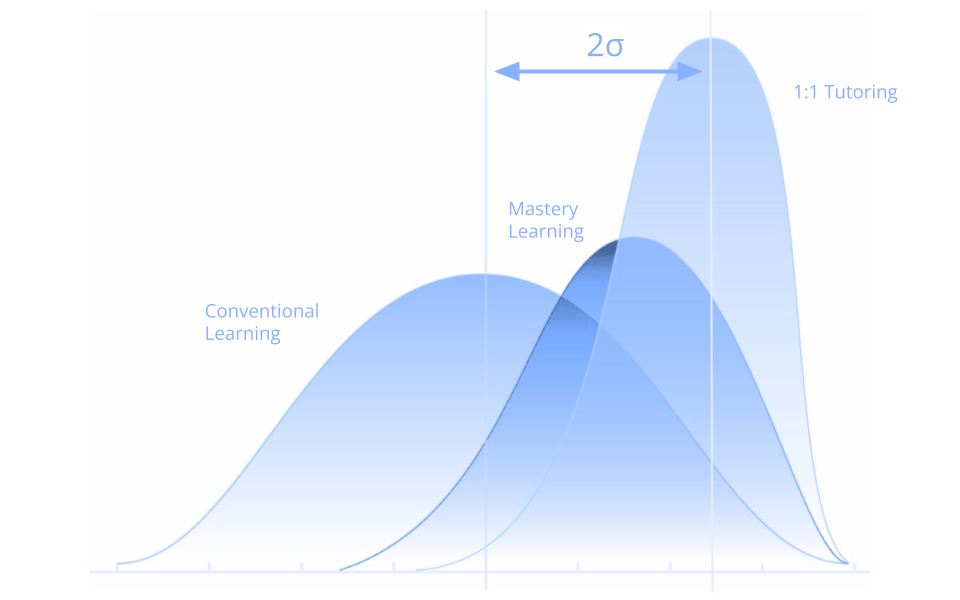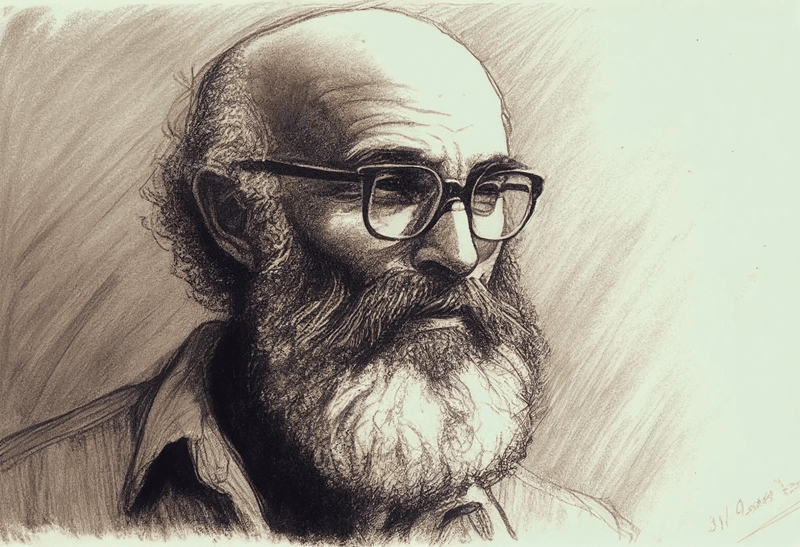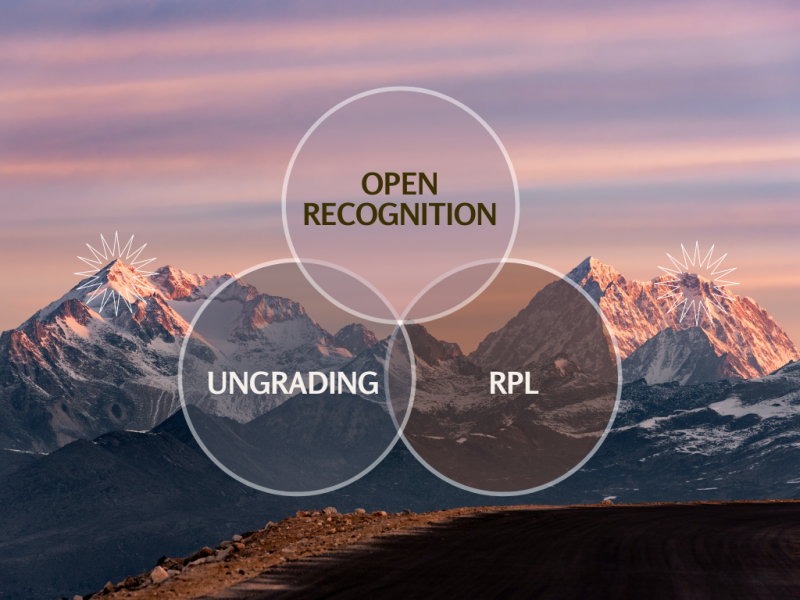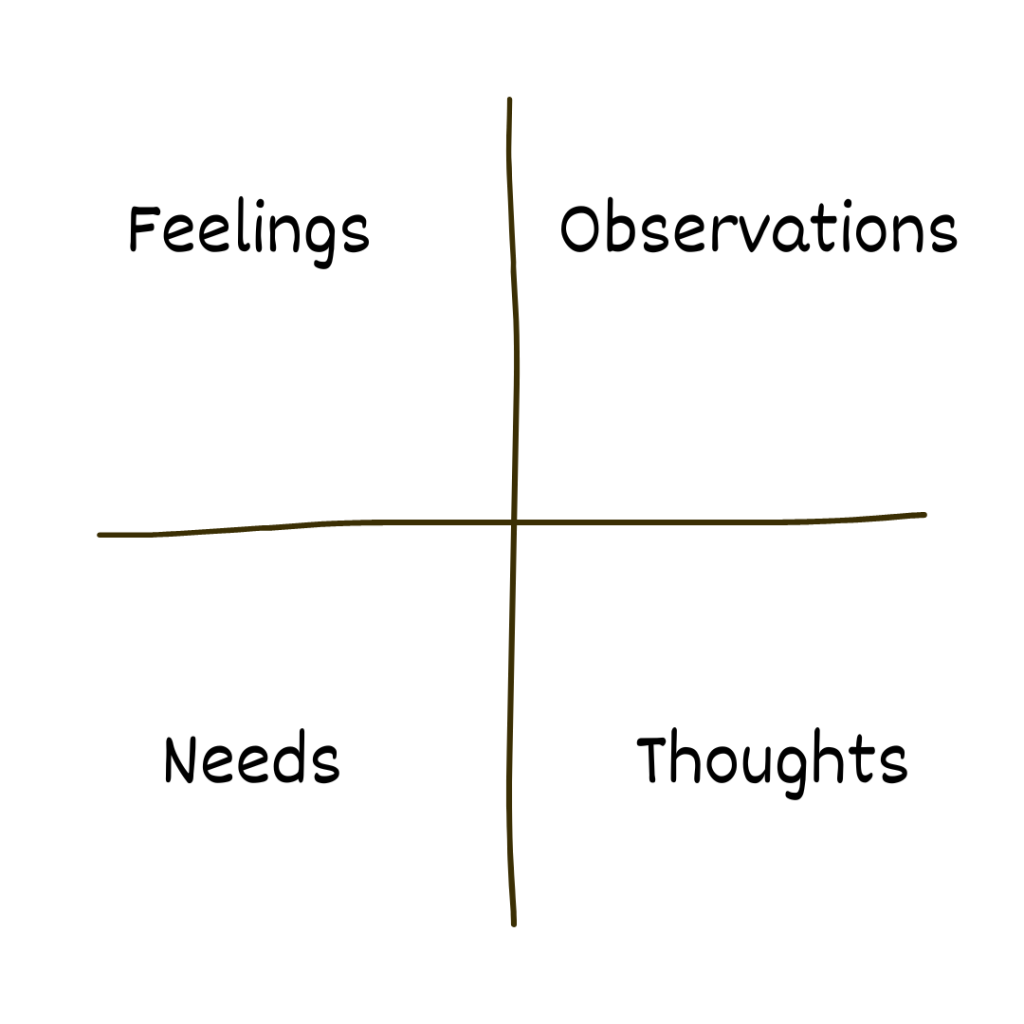
I’m composing this from Newcastle Airport on Monday morning. It’s been a busy weekend, so let’s get that out of the way first.
Saturday morning, I went for a run and then spent most of the day with my wife and daughter at a football tournament for the latter’s new team. They expected to win it, and almost did, had it not been for a penalty given against them during extra time in the final. Back home, shower and change. Out to Wagamama, a family favourite, before our son’s football presentation evening at St James Park, home of Newcastle United. He won Player of the Season, which was not at all expected, although he is awesome (even if I do say so myself).
We were tired enough after the events of Saturday, but on Sunday we had to get the house ready for the estate agent’s photographer, who is coming today (Monday). As anyone who has sold a house in the age of Rightmove will know, the photos are effectively what sell it. So it was a bit of a mission to get everything ready. I was dripping with sweat after gardening, cleaning, painting, etc. So much so that I was thankful for the torrential rain that started in the evening.
It was Fathers Day in the UK yesterday, so we went over to my parents. I’d taken my dad and two kids to see Spider-Man: Across the Spider-Verse on Friday evening (amazing!) but also bought him a book I’d heard being recommended on a podcast. When I left the family this morning, with my son now finished his GCSE exams, my daughter still recovering from the tournament (she picked up a slight injury), and my wife preparing for a potentially tricky week of user research interviews at work, everyone looked knackered.
I almost can’t remember what I did before this last weekend. Laura’s been away, so it’s been a weird week at work. I published a couple of blog posts in different places:
Other than that, the majority of my work seemed to revolve around community platforms and setting up user research. For example:
I realised this week need to write a post about the difference between social networks, chat apps, and forums. People tend to conflate them, which is unhelpful, as they serve different purposes.
There’s plenty of other things I did this week, including deciding not to respond to an RfP after attending the Q&A, preparing for an interview for some other potential work, and just generally getting ready for my upcoming trip.
This coming week, I’ll be in Amsterdam to meet up with my WAO colleagues and for us to run a session at MozFest House. I’m back on Thursday afternoon and will almost immediately take my daughter to her second trial for Sunderland’s academy. She’s also going to the Newcastle trials, but being a Sunderland fan, and knowing it’s a better setup, I’m rooting for her switching from one to the other.
Photo of new temperature and humidity sensor in my home office. It ended up going up to 28.8 C so I bought an evaporative cooler, which increased the humidity but meant I could work in there! The awesome TRYING patch is bright orange in real life and came via Dan Sinker.
The post Weeknote 24/2023 first appeared on Open Thinkering.
Imagine we’re all surfers. The ocean we’re in is the educational system, and we’re all trying to ride the wave of knowledge to the shore of understanding. Some of us have master surfers as guides – personal tutors who are right there with us, helping us manoeuvre the currents and ride high on the knowledge wave. They know our strengths, they know our fears, and they ensure we don’t wipe out. These fortunate few reach the shore faster, more smoothly and often with a lot more fun.
Then there are the rest of us. We’re in a giant surf class. There’s one instructor and dozens of us learners. The instructor is doing their best, but they can’t give us all the personalised attention we need. Some of us catch the wave, some of us don’t. This is Bloom’s Two Sigma Problem.
Brought to the fore by educational psychologist Benjamin Bloom in the 1980s, the Two Sigma Problem highlights a gap in education. Personal tutoring can propel students’ performance by two standard deviations – like moving from the middle of a class right to the top 2%. The problem is, we can’t give everyone a personal tutor. It’s just not feasible. So, the question is, how do we give each student the benefits of one-on-one instruction, at scale?
Enter Artificial Intelligence (AI) and, in particular, Large Language Models (LLMs) such as ChatGPT. I’ve been experimenting with using ChatGPT as a tutor for my son during the revision period for his exams. It’s great at coming up with questions, marking them, and suggesting how to improve. This kind of feedback is absolutely crucial to learning. It’s also great at exploring the world and allowing curiosity to take you in new directions.
So, if we revisit the Two Sigma Problem based on what’s possible with LLMs, it looks like there’s a possible solution with multiple advantages:
No technology is a silver bullet. As an educator, I know that while curiosity and feedback is really important, there’s nothing like another human providing emotional input — including motivation. AI is here to support, not replace, our human guides.
Even though it’s early days, we’re already seeing some really interesting developments in the application of LLMs in education. I’m no fan of Microsoft, but I will acknowledge that a feature they have in development called ‘passage generation’ looks interesting. This tool reviews data to create personalised reading passages based on the words or phonics rules a student finds most challenging. Educators can customise the passage, selecting suggested practice words and generating options, then publish the passage as a new reading assignment. I find this kind of thing really useful in Duolingo for learning Spanish. Context matters.
As a former teacher, I know how important prioritisation can be for the limited amount of time you have with each student. And as a parent, I’m a big believer in the power of deliberate practice for getting better at all kinds of things. Freeing up teachers to be more like coaches than instructors has been the dream ever since someone came up with the pithy phrase “guide on the side, not sage on the stage”.
One of the main concerns I think a lot people have with AI in general is that it will “steal our jobs”. I’d point out here that the main problem here isn’t AI, it’s capitalism. Any tool or system be used for good or for ill. If you’re not sure how we can approach this post-scarcity world, I’d recommend reading Fully Automated Luxury Communism by Aaron Bastani. Of course, regulation is and should be an issue, too.
The main issue I see with this is centralised LLMs run by companies running opaque models and beholden to shareholders. That’s why I envisage educational institutions running local LLMs, or at least within a network that only connects to the internet when it needs to. Just as Google Desktop used to allow you to search through your local machine and the web, I can imagine us all having an AI assistant that has full context, while preserving our privacy.
So the way to approach any new tool or service is to ask critical questions such as “who benefits?” but also to fully explore what’s possible with all of this. I’m hugely hopeful that AI won’t lead us into a sci-fi dystopia, but rather help to even out the playing field when it comes to human learning and flourishing.
What do you think? I’d love to hear in the comments!
Image remixed from an original on the SkillUp blog. Text written with the help of ChatGPT (it’s particularly good at coming up with metaphors, I’ve found!)
The post Using AI to help solve Bloom’s Two Sigma Problem first appeared on Open Thinkering.
At the crossroads of education, social justice, and personal development stands critical pedagogy, a concept associated with the Brazilian educator and philosopher Paolo Freire. His conviction was that education should be egalitarian, democratic, and transformative; his work has had an outsize impact on my educational philosophy. Critical pedagogy emphasises the significance of dialogue, critical thinking, and active participation. The further I delve into the world of of Open Recognition, the clearer the links with Freire, both in essence and practice.
In Pedagogy of the Oppressed, Freire states that:
Education either functions as an instrument which is used to facilitate integration of the younger generation into the logic of the present system and bring about conformity or it becomes the practice of freedom, the means by which men and women deal critically and creatively with reality and discover how to participate in the transformation of their world.
Open Recognition, like critical pedagogy, is about empowering individuals to take ownership of their personal and professional development. The approach not only foregrounds knowledge, skills, and understanding, but also behaviours, relationships, and experiences.
Freire believed that through open and honest conversations, individuals could challenge existing power structures, question assumptions, and engage in transformative learning experiences. Similarly, Open Recognition offers a way for individuals to engage in meaningful conversations about their skills, experiences, and aspirations — using language and approaches that make sense to them.
In facilitating dialogue over power dynamics, Open Recognition nurtures a sense of community and belonging. It empowers individuals to share their stories and learn from one another, and this exchange of ideas and experiences not only contributes to personal growth but also fosters a sense of collective responsibility and solidarity
Critical pedagogy is grounded in the belief that education should be a vehicle for social change and empowerment. Open Recognition aligns with this vision by providing ways for individuals make meaningful contributions to their communities, challenge the status quo, and actively participate in shaping their own futures.
So it’s fair to say that Open Recognition and critical pedagogy share a common goal: the empowerment and transformation of individuals through dialogue, inclusion, and active participation. By explicitly embracing the principles of critical pedagogy, it’s my belief that Open Recognition can help create a more inclusive and equitable world.
If you’re interested in Open Recognition, critical pedagogy, and doing something different than the status quo, I’d highly suggest joining badges.community!
The post Open Recognition + Critical Pedagogy = empowerment, dialogue, and inclusion first appeared on Open Thinkering.
Imagine a formidable fortress standing tall. Long the bastion of formal education, it’s built upon the pillars of ‘standards’ and ‘rigour’. It has provided structure and stability to the learning landscape. These days, it’s being reinforced with smaller building blocks (‘microcredentials’) but the shape and size of the fortress largely remains the same.
However, as the winds of change begin to blow, a new force emerges from the horizon: Open Recognition. Far from seeking to topple the fortress, this powerful idea aims to harmonise with its foundations, creating a more inclusive and adaptive stronghold for learning.
Open Recognition is a movement that values diverse learning experiences and self-directed pathways. So, at first, it may appear to be in direct opposition to the fortress’s rigidity. However, upon closer inspection, rather than seeking to tear down the walls of standards and rigour, Open Recognition seeks to expand and reimagine them. This ensures that the fortress is inclusive: remaining relevant and accessible to all learners.
To create harmony between these seemingly conflicting forces, it’s important to first acknowledge that the fortress of standards and rigour does have its merits. It provides a solid framework for education, ensuring consistency and quality across the board. However, this approach can also be limiting, imposing barriers that prevent many learners from fully realising their potential.
Open Recognition brings flexibility and personalisation to the fortress. By validating the skills and competencies acquired through non-formal and informal learning experiences, Open Recognition allows the fortress to accommodate different sizes and shape of ‘room’, allowing the unique talents and aspirations of each individual to flourish
The key to harmonising these two forces lies in recognising their complementary nature. Open Recognition strengthens the fortress by expanding its boundaries, while standards and rigour provide the structural integrity that ensures the quality and credibility of the learning experiences within.
Educators and employers, as the guardians of the fortress, play a crucial role in fostering this harmony. By embracing Open Recognition, they can cultivate a more inclusive and dynamic learning ecosystem that values and supports diverse pathways to success. In doing so, they not only uphold the principles of standards and rigour but also enrich the fortress with the wealth of experiences and perspectives that Open Recognition brings.
As the fortress of standards and rigour harmonises with Open Recognition, it becomes a thriving stronghold of lifelong learning, identity, and opportunity. Far from crumbling under the weight of change, the fortress is invigorated by the union of these two powerful forces, ensuring its continued relevance and resilience in an ever-evolving world.
The post Reinventing the Fortress: using Open Recognition to enhance ‘standards’ and ‘rigour’ first appeared on Open Thinkering.Note: cross-posted at LinkedIn

Ungrading, Open Recognition, and Recognition of Prior Learning (RPL) are distinct yet related ways of improving the assessment of learning. At a time when assessment is in the spotlight due to advances in AI technologies, it’s worth exploring their similarities and differences — as well as how they can be used together.
Let’s explore this further using one of my favourite metaphors: walking in the mountains ⛰️
Ungrading is akin to focusing on the process of learning, rather than the outcome. It’s like a Sherpa guiding a climber up a mountain, emphasising the skills and knowledge developed along the way rather than simply reaching the summit. Through ungrading, educators can provide personalized feedback and support that allows students to reflect on and improve their learning journey.
Open Recognition, in contrast, is like providing multiple paths to the summit. It’s like creating a mountain range with different peaks, each representing a different set of skills or knowledge. This approach allows individuals to showcase their competencies and achievements in ways that are recognised across different contexts, such as earning badges that demonstrate their skills.
RPL is like mapping out the best route to the summit. It’s like a mountaineering guide who takes the time to understand each climber’s abilities and experiences, and then tailors a plan that meets their specific needs. Through recognising prior learning, individuals can receive credit for their existing knowledge and skills, and identify the most efficient and effective way to reach their goals.
So, in summary, while ungrading emphasises the process of learning, Open Recognition offers multiple paths to its recognition, and RPL focuses on customising the learning journey. By using (and potentially combining) these approaches to assessment, educators can improve the quality of learning and recognition in a variety of contexts.
Background image to Venn diagram by Jerry Zhang
The post Climbing the Mountain of Assessment: Comparing Ungrading, Open Recognition, and RPL first appeared on Open Thinkering.Note: cross-posted at LinkedIn

In today’s rapidly evolving digital landscape, including the current moral panic around AI, it’s becoming increasingly important for educators to not only embrace technology but to actively integrate it into the learning experience. The concept of digital literacies, often mistaken as a mere proficiency in using digital tools, is in fact a multifaceted construct that extends far beyond basic technological skills.
Digital literacies are made up of skillsets, but also mindsets—ways of thinking about the world.
As educators, we must recognise that digital literacies encompass a wide range of abilities, including confidence, creativity, and communication. These skills empower learners to navigate the digital world responsibly, ethically, and with a sense of curiosity. In order to foster a generation of digitally-literate citizens, we must embrace a more holistic approach to teaching and learning.
Imagine the digital world as a vast, interconnected ocean. Digital literacies are the sails, rudder, and compass that guide our learners as they embark on their digital voyage. Without these essential tools, they would drift aimlessly, lost in the overwhelming waves of information.
To achieve this, we can start by incorporating digital literacies across the curriculum, encouraging students to explore, analyse, and create digital content in a meaningful way. We must also emphasise the importance of digital citizenship, teaching learners to respect the online community, engage in healthy online behaviours, and uphold the values of privacy and security.
By nurturing a culture of digital literacies, we are not only preparing our students for the challenges and opportunities of the digital world but also equipping them with the skills to thrive in an ever-changing, interconnected society. Through collaborative efforts and open-mindedness, we can reshape the educational landscape and cultivate a future that embraces the true potential of digital technology.
Remember, digital literacies are not just about using technology – they’re about understanding, adapting, and effectively engaging with the digital world around us. It’s time we take the necessary steps to ensure our learners are prepared for whatever the future holds, setting sail with confidence on their journey through the boundless digital ocean.
Image by Johannes Plenio
The post Setting Sail with Digital Literacies: Preparing Students for the Evolving Digital Landscape first appeared on Open Thinkering.It’s only Wednesday and I’ve had a couple of occasions this week to refer to Nonviolent Communication (NVC) and the FONT framework that I learned in workshops run by Outlandish. I’d highly recommend that you also attend their Reframing Conflict sessions.
I’m publishing this post so that I’ve got something to point people towards during conversations in which I reference FONT and NVC.
Let’s begin by defining terms:
Nonviolent Communication (NVC) is an approach to communication based on principles of nonviolence. It is not a technique to end disagreements, but rather a method designed to increase empathy and improve the quality of life of those who utilize the method and the people around them.
[…]
NVC is a communication tool with the goal of firstly creating empathy in the conversation. The idea is that once there is empathy between the parties in the conversation, it will be much easier to talk about a solution which satisfies all parties’ fundamental needs. The goal is interpersonal harmony and obtaining knowledge for future cooperation. Notable concepts include rejecting coercive forms of discourse, gathering facts through observing without evaluating, genuinely and concretely expressing feelings and needs, and formulating effective and empathetic requests.
Wikipedia
I have to be honest, I thought this was some real hippy-dippy stuff when I first read it. But the FONT framework in particular changed my mind. As Pete Burden and Abi Handley explain:
“FONT” is not a single model – it is a bricolage; it draws on:
Marshall Rosenberg’s Nonviolent Communication, Gervase Bushe’s Clear Language, Thomas Gordon’s work on I-statements and requests.
Ideas from several people (such as Bill Isaacs and Diana McLain Smith) at the MIT Dialogue and Harvard Negotiation projects ; David Grove’s Clean Language; Agazarian and Simon’s System for Analysing Verbal Interaction (SAVI™); Bill Torbert’s collaborative enquiry.
And work by Arnold Mindell, Bob Kegan, Carl Rogers, David Cooperrider, David Kantor, Douglas Stone, Lisa Lahey, Mary Follett, Reg Revans, Robert Plutchik, Stephen Hayes, Susan Wheelan, Richard Schwartz and many, many more.
So what is it? How does it work?

FONT is an easy way to remember the four constituent parts, but when you use this as an approach, you actually use it in this order:
Since I attended the workshop, I’ve used this approach in both professional and personal conflict situations. Sometimes I’ve done it verbally, starting with “I noticed that…” whereas other times I’ve gone through the FONT process in written form to prepare me for a potentially-awkward conversation.
Step 1: Observe the situation objectively — focus on the specific behaviour that’s causing the issue, rather than making assumptions or jumping to conclusions. For example, if a colleague is frequently interrupting you during meetings, observe that behaviour without making any assumptions about their intentions or motivations.
Step 2: State your thoughts — try and articulate what you are thinking or have noticed in an uncontroversial way. For example, you could say to your colleague, “I notice that you often have a lot that you want to communicate during meetings.”
Step 3: Identify your feelings — are you feeling frustrated, angry, or upset? By identifying your emotions, you can communicate more effectively and avoid becoming defensive or confrontational. For example, you might say “I feel frustrated when you interrupt me during meetings because I want to make sure my ideas are heard.”
Step 4: Articulate your needs — what do you need in order to feel more comfortable or productive in the situation? This is an opportunity to express your needs in a positive and constructive way. For example, you might say “I need to have uninterrupted speaking time during meetings so that I can share my ideas and feel heard.”
Step 5: Make a request — this is an opportunity to ask for what you need in a constructive and positive way. For example, you might say “can we agree that everyone will have an opportunity to speak uninterrupted during our meetings?”
As a side note, it’s worth mentioning that “I noticed that…” is a bit of a magic phrase. For example, there are cars which travel too fast down the 20mph street next to my house. I tend to get annoyed at this and have a tendency to shout at the drivers, but my neighbour has a better approach. He smiles, asks them to wind down their window, and says something like, “I noticed that you seemed to be in a hurry?” His going on to explain that the road has a 20mph speed limit feels overall like a less confrontational approach.
In closing, one of the things I’ve learned during my career to date is that coercion and manipulation tends is a hallmark of hierarchical and paternalist organisations. We can do without it:
Nonviolent Communication holds that most conflicts between individuals or groups arise from miscommunication about their human needs, due to coercive or manipulative language that aims to induce fear, guilt, shame, etc. These “violent” modes of communication, when used during a conflict, divert the attention of the participants away from clarifying their needs, their feelings, their perceptions, and their requests, thus perpetuating the conflict.
Wikipedia
People may bristle at the accusation that many of our ‘normal’ ways of communication tend to be violent but, it’s worth thinking about adding the FONT framework and nonviolent communication techniques to our toolboxes. I think my family, friends, and colleagues would still say I’m perhaps a little too quick to anger, but at least I now have tools to defuse situations that would previously feel out of my control!
The post FONT and Nonviolent Communication first appeared on Open Thinkering.